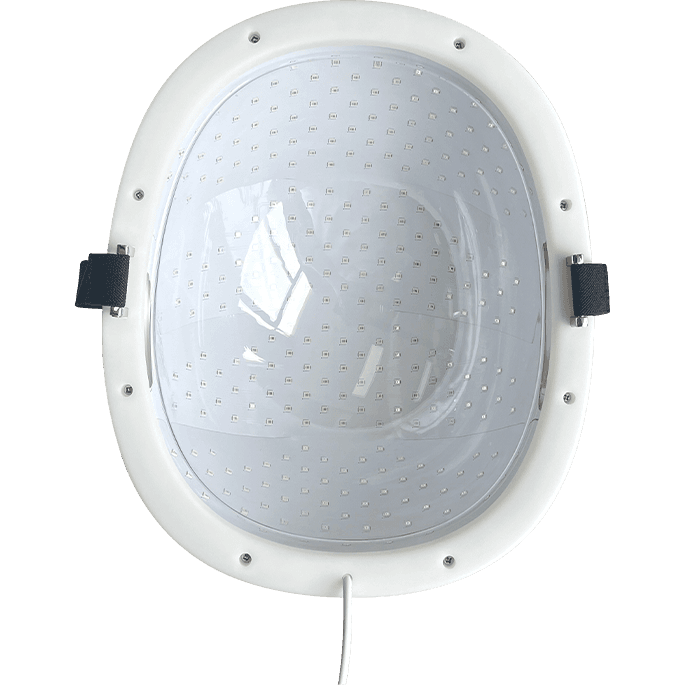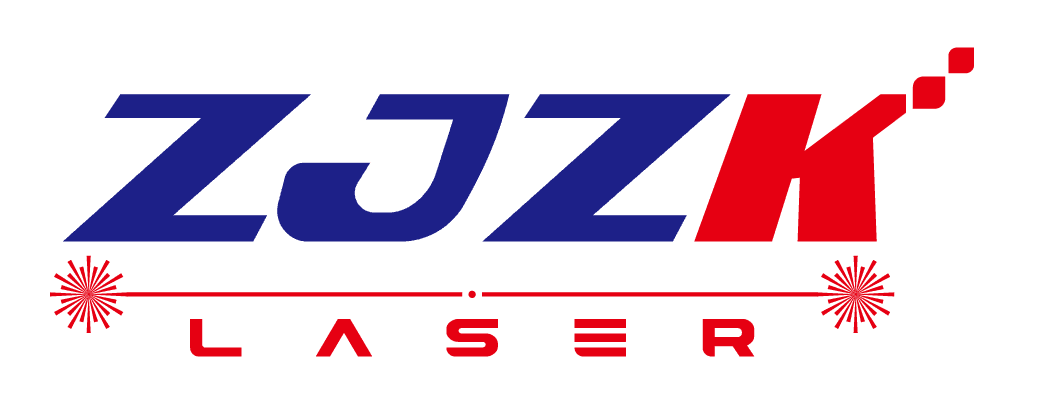The Near-Infrared Light Therapy Helmet utilizes 1070nm wavelengths for deep tissue penetration into the brain. Its primary mechanism, photobiomodulation (PBM), enhances cellular respiration by stimulating mitochondria, increasing ATP production for cellular repair and regeneration. The therapy also promotes nitric oxide release, improving cerebral blood flow, and provides neuroprotection by reducing oxidative stress and stimulating neurogenesis. Additionally, it modulates neuroinflammation, supporting a healthier brain environment.
What is PBM photobiomodulation?
Photobiomodulation (PBM) describes the use of red or near-infrared light to stimulate, heal, regenerate, and protect tissue that has either been injured, is degenerating, or else is at risk of dying. One of the organ systems of the human body that is most necessary to life, and whose optimum functioning is most worried about by humankind in general, is the brain. The brain suffers from many different disorders that can be classified into three broad groupings: traumatic events (stroke, traumatic brain injury, and global ischemia), degenerative diseases (dementia, Alzheimer’s and Parkinson’s), and psychiatric disorders (depression, anxiety, post traumatic stress disorder). There is some evidence that all these seemingly diverse conditions can be beneficially affected by applying light to the head. There is even the possibility that PBM could be used for cognitive enhancement in normal healthy people. In this transcranial PBM (tPBM) application, near-infrared (NIR) light is often applied to the forehead because of the better penetration.





